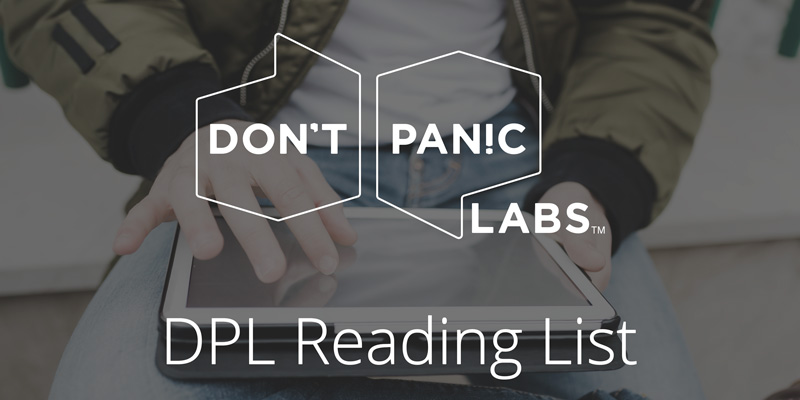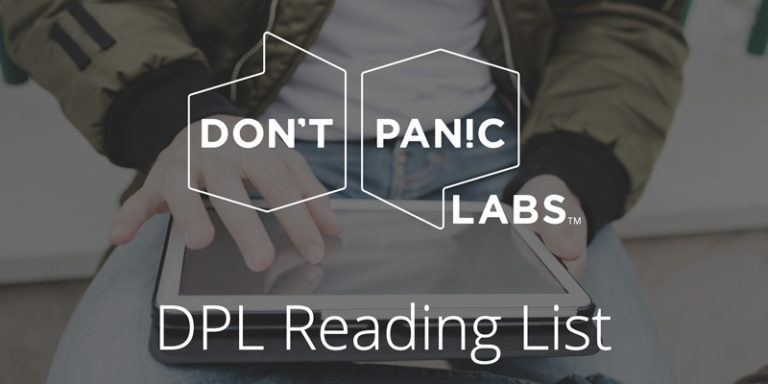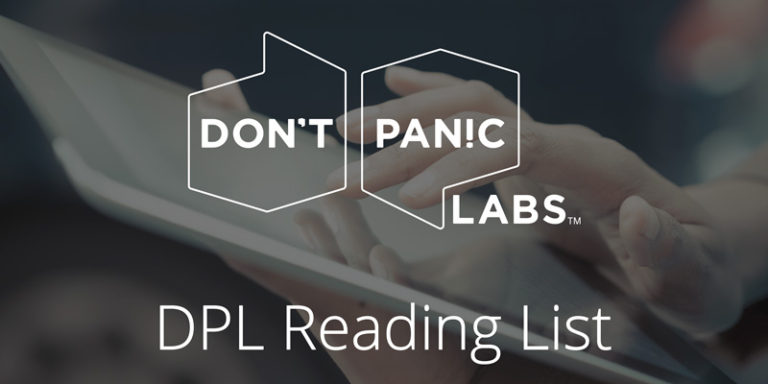
DPL Reading List – March 16, 2018
Here are some of the articles we’ve been reading around this office this week.
Google Thinks it’s Close to “Quantum Supremacy.” Here’s What That Really Means – “The magic of quantum computers lies in those qubits. Unlike the bits in classical computers, which store information as either 1 or 0, qubits can exist in multiple states of 1 and 0 at the same time - a phenomenon known as superposition. They can also influence one another even when they’re not physically connected, via a process known as entanglement.”
AI Keeps Mastering Games, But Can It Win in the Real World? – “Many other researchers, conscious of the hype that surrounds their field, offer their own qualifiers. “I would be careful not to overestimate the significance of playing these games, for AI or jobs in general. Humans are not very good at games,” says François Chollet, a deep-learning researcher at Google. “But keep in mind that very simple, specialized tools can actually achieve a lot,” he says.”
Next big Windows update will bring hardware-accelerated machine learning – “Microsoft is busy prepping developers for the next big Windows 10 update, version 1803, and it is putting the focus on machine learning. Due in March or April this year, the new version will include a new machine-learning framework for using machine-learning models in Windows applications.”
U.S. Coast Guard’s $67 Million EHR Fiasco – “Without any active, effective management oversight, the project leads were allowed to increase their wishes and desires without check. For example, the project was originally envisioned and sold as an EHR modernization effort based on Epic’s EHR software that would begin deployment to the Coast Guard’s 41 clinics and 125 sick bays sometime in late 2011. It soon morphed into a “whole new Coast Guard Integrated Health Information System.””
Setting up Application Insights took 10 minutes. It created two days of work for me. – “It took 10 minutes to set up App Insights. It took two days (and work continues) to fix what it found. I love it. This tool has already given me a deeper insight into how my code runs and how it’s behaving – and I’m just scratching the service. I’ll need to do some videos and/or more blog posts to dig deeper. Truly, you need to try it.”
Bringing Back Skeuomorphic Design – “It’s easy to see skeuomorphic design pieces as dated-most of them are because we collectively stopped doing them. Most visual designers of that time moved on to make simpler UIs and, like myself, found their playful fix through game interface design, icon design, and other places where you weren’t laughed out of the room for playing with gradients and lighting. But something is changing.”
My First Month Using A Paper Planner After A Decade Drowning In Apps – “By the end of the first week (still using those loose sheafs of planner paper), I’d already started getting the hang of this hybrid system. I simply blocked off chunks of time when I would do work, and I filled those chunks in with the priorities I’d planned. Every morning I would look at my planner and reassess which to-dos I’d tackle during my work blocks. I started out making my ABC list every day. But when the new, correct planner finally arrived in the mail, I accidentally discovered an even better process.”



